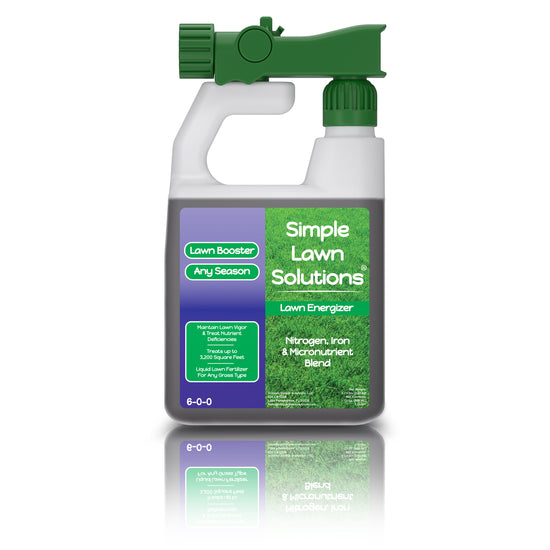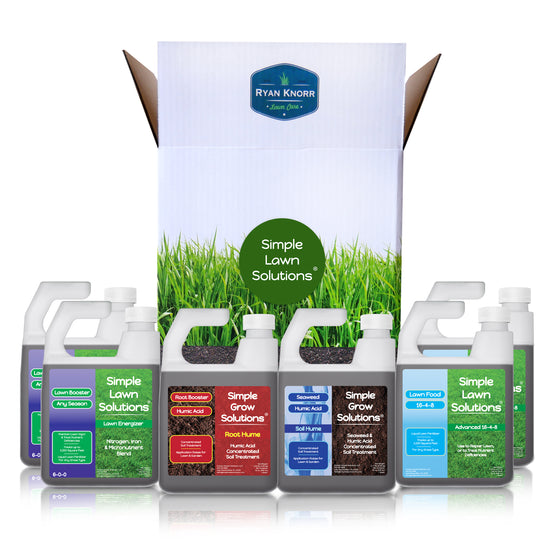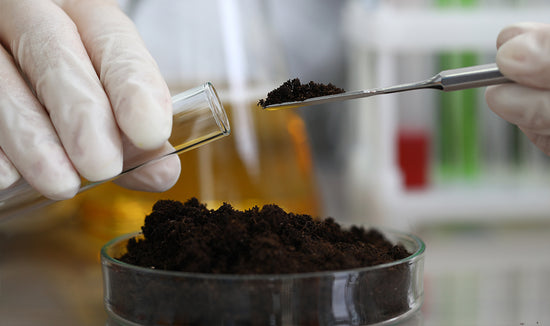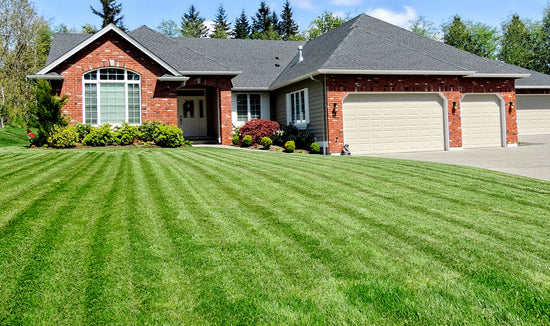In lawn care, customers often comment that they want their lawn to “look like a golf course.” This term is subjective, to say the least. If they’re expecting the rough at their local public course, then this may not be an issue. The fairway at TPC Sawgrass, however? That may not be a reasonable expectation for reasons that are well beyond the homeowner’s control. Regardless of cultural and mechanical practices that are out of price range or unfeasible for even the most tenacious lawn care zealots, there are a spectrum of products that are legal to apply on golf courses and commercial properties that are prohibited on lawns. Among these products are a plethora of fungicides that prevent and (sometimes) kill fungal diseases. In general, commercial-use fungicides tend to be stronger, more precise, and more effective than those found on store shelves. More importantly, the options are far more numerous. For homeowners, careful cultural and mechanical practices are the best methods for disease control, however fungicides can be an effective safety-net if diseases are accurately diagnosed, a preventative regimen is planned, and products are carefully selected and used.

Disease Diagnosis
Fungicides are typically only recommended in lawn care if a specific disease is recurring and likely to cause significant damage. When targeting specific diseases, accurate diagnosis can make or break your success. Targeting the wrong disease may render an application useless by applying a product that doesn’t control the fungus that’s present or by using improper application formulas or methods. Symptoms can appear identical for many fungal diseases, but differ slightly in pattern, timing of onset, or appearance of leaf lesions. Environmental stresses triggered by factors such as drought and heat are often mistaken for fungal diseases as well.

Preventative Use
Using fungicides preventatively instead of curatively is a key principal in a successful plan. Would you rather eat healthy and take daily vitamins to prevent illness, or do you prefer to catch a cold and then suffer while you wait for medicine to kick in? Fungicides work in a similar manner. If a fungal disease affects a lawn in successive years, performing an application a week or two before symptoms typically appear will inhibit or reduce the severity of infection. This can seem like a bit of a crap-shoot as the timing of the onset of diseases can vary with environmental conditions, but paying close attention will help you identify patterns that trigger symptoms. Jot down a few notes in a notebook that include the date along with recent and current weather conditions and use this to predict the onset of the disease the next year.

Selecting Products
Once a disease has been accurately diagnosed and the timing for application has been established, products should be evaluated before they’re purchased. First, be sure that the product that you’re buying lists the disease that you’re targeting on the label. Next, look at the active ingredient on the label. If you’ve used a fungicide with the same active ingredient in the past and it hasn’t worked, it’s likely that your diagnosis is incorrect, or that the fungus has developed resistance to this active ingredient through repeated use. Fungi can be highly susceptible to developing resistance to fungicides, so rotating fungicides with different FRAC codes, or modes of action, is imperative. Two of the most commonly available active ingredients on the retail market are azoxystrobin and propiconazole. These two ingredients represent two different modes of action, which means they attack the fungi using different mechanisms and thus are less likely to develop resistance and more likely to be more effective when used interchangeably. Another active ingredient that is often available to consumers is thiophanate-methyl, which represents a third mode of action. A sustainable and effective regimen will utilize applications as infrequently as possible and rotate between active ingredients with different modes of action.

Management Practices
The best defense against fungal diseases for homeowners is sound cultural management. Watering according to the needs of the lawn rather than on a set schedule will stave off infections by preventing overly moist conditions or prolonged periods of leaf wetness. Proper nutrition will ensure balanced leaf and root vigor, and proper mowing height and frequency will reduce stress on the leaf blade and maximize photosynthetic area. Often, the nicest lawn on the block has never seen a fungicide. If necessary, however, a well thought out fungicide program can be a supplemental part of your routine to ensure maximum health and appearance of your lawn.










